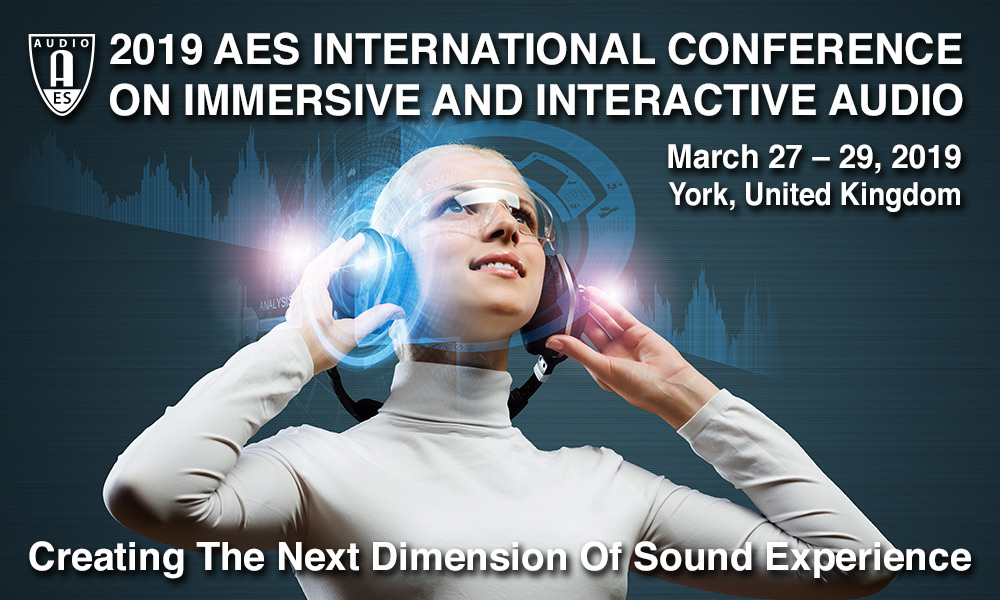| Home | Call for Contributions | Program | Registration | Venue & Facilities | Accessibility & Inclusivity | Travel | Sponsors | Committee | Twitter |

Chair: Mariana Lopez
This paper describes the design and development of rhythm-based music game technology to support upper arm rehabilitation following a stroke. The potential benefit of game technology for rehabilitation is well established. However, there is a significant gap in research incorporating Rhythmic Auditory Cueing (RAC), the practice of synchronising rehabilitation movements with a periodic rhythm. This paper describes the design and development of a prototype game system which incorporates RAC, using music as the rhythmic stimulus. The system can cater for a range of impairments and provide metrics to monitor user performance and progress. The operation of the game system algorithms are discussed in detail, focusing on issues surrounding player interaction, rhythm synchronisation and the performance metrics gathered during game play.
http://www.aes.org/e-lib/browse.cfm?elib=20427
There is increasing interest in the maritime industry in the potential for use of uncrewed vessels to improve efficiency and safety. This requires remote monitoring of vessels for maintenance purposes. This project examined the potential to enhance remote monitoring by replicating the audio and vibration of a real vessel in a VR simulation. Seven experienced marine engineers were asked to assess several scenarios in which simulated faults were presented in different elements of the simulated engine room. Users were able to diagnose simulated mechanical failures with a high degree of accuracy, particularly utilising audio and vibration stimuli, and reported specifically that the immersive audio and vibration improved realism and increased their ability to diagnose system failures from a remote location.
http://www.aes.org/e-lib/browse.cfm?elib=20428
This paper reports the results of a pilot study evaluating how a group of children with autism spectrum disorders respond to SoundFields, an interactive spatial audio game. Based in a 360-degree collaborative virtual environment with 3rd order ambisonic audio delivered over headphones, the system is designed to promote natural communication and cooperation between users with autism through shared interactions and game mechanics centred around spatitalized auditory events. Head rotation and game data were collected to evaluate the participants' experience and behaviour. The results show a positive response to 3D sound stimuli and engagement with in game tasks. Furthermore, observations noted an increase of interaction during game play, demonstrating SoundFields' potential for developing communication and social impairments in children with autism.
http://www.aes.org/e-lib/browse.cfm?elib=20429
